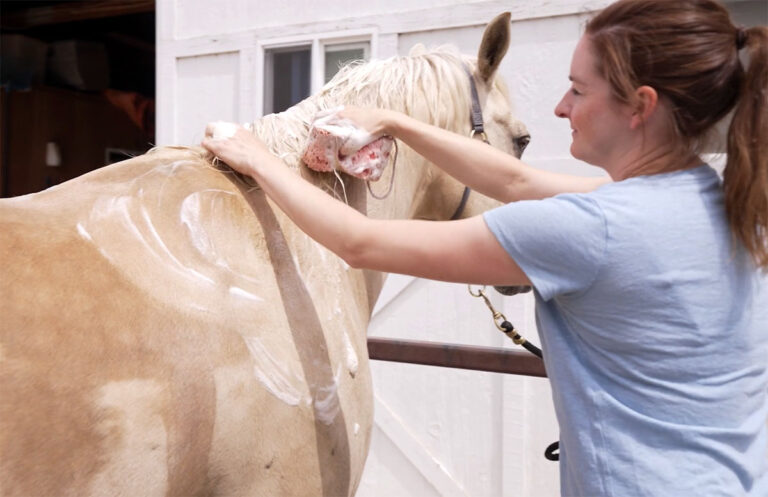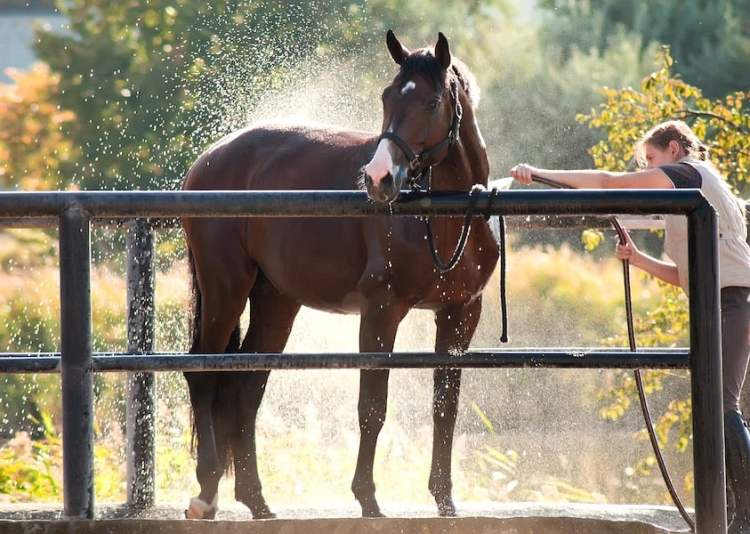When it comes to horseback riding, ensuring the comfort and safety of both the rider and the horse is paramount. One crucial element in achieving this is the use of saddle pads. But what are saddle pads made of and why does it matter? Understanding the materials involved can greatly inform your choices and enhance the riding experience.

The Role of Saddle Pads
Saddle pads serve as a buffer between the horse’s back and the saddle. They help distribute pressure evenly, reducing the risk of abrasions, and improving comfort for the horse. These pads are designed to wick away moisture, and manage heat, ensuring the horses well-being during a ride. But the effectiveness of a saddle pad largely depends on its materials.
Primary Materials Used in Saddle Pads
1. Wool
Wool is a popular choice due to its natural breathability and moisture-wicking properties. It also has a cushioning effect which helps reduce impact.
2. Felt
Felt, often made from a mixture of synthetic and natural fibers, provides excellent cushioning and durability. Its well-suited for distributing pressure evenly across the horses back.
3. Fleece
Fleece saddle pads, typically made from synthetic fibers, are soft, lightweight, and easy to wash. They mimic the properties of wool at a lower cost.
4. Foam
Foam padding offers a high level of shock absorption. It is often used in combination with other materials to enhance comfort and protection.
5. Gel
Gel inserts can be added to saddle pads for additional shock absorption. These are particularly helpful in high-impact riding situations.
The Art of Choosing the Right Saddle Pad
Choosing the right saddle pad involves considering the horse’s anatomy, the type of riding, and your specific needs as a rider. Each material has its unique benefits, and the best choice varies depending on personal requirements.
Importance of Proper Fit
A saddle pad must fit well to be effective. An ill-fitting pad can cause discomfort, chafing, and even injury. It should align with the contour of the horse’s back without bunching or slipping.
Additional Considerations
When selecting a saddle pad, also consider the weight of the equipment, its ease of cleaning, and how well it pairs with your saddle. Investing in high-quality materials can significantly prolong the life of the pad.
Handling Emergencies and Maintaining Comfort
Knowing how to handle common emergencies and maintain your gear is essential. Visit our guide on Gear Maintenance for detailed insights.
Conclusion
In conclusion, understanding what saddle pads are made of and their specific uses can greatly enhance your riding experience. The correct material not only improves your horse’s comfort but also enhances safety, making it a critical investment for any equestrian.

FAQs
1. Why are saddle pads necessary?
Saddle pads cushion the horse’s back, prevent chafing, and absorb sweat, enhancing both comfort and protection during rides.
2. How do I clean wool saddle pads?
Wool saddle pads should be hand washed or Horse Aid with a gentle cycle using mild detergent. Ensure they’re air dried to maintain their shape and quality.
3. Can I use one saddle pad for different types of riding?
While some saddle pads are versatile, it’s best to match the pad to the riding style for optimal comfort and protection.








